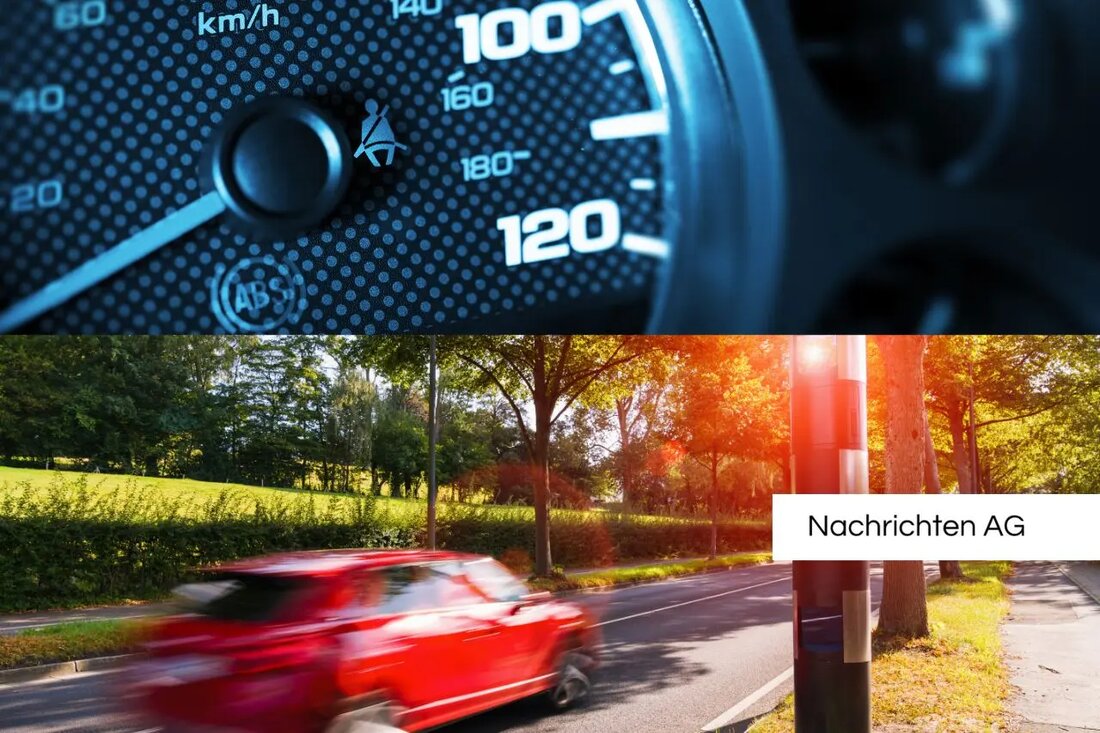Recklinghausen flashes from Monday: where you have to drive particularly carefully!
Recklinghausen flashes from Monday: where you have to drive particularly carefully!
The city of Recklinghausen starts on Monday, May 5, 2025, with mobile speed measurements. This measure aims to increase traffic safety in the region and to punish traffic violations preventively. The controls are to be carried out five days a week, with the exact locations being published regularly. This is done to create transparency and also to sensitize road users.
In the first week, between May 5 and 9, cycling measurements are announced on various streets. The specific locations for the speed controls are divided as follows:
planned radar measurements
- Monday, May 5: Dortmunder Straße, Hirtenstraße, Ludwig-Erhard-Allee, North Sea, Oerweg, Werkstättenstraße
- Tuesday, May 6th: Cäcilienhöhe, Dorstener Straße, Hertener Straße, Moltkestraße, Mühlenstraße, Wildermannstrasse
- Wednesday, May 7th: Henrichenburger Straße, Kärntener Straße, König-Ludwig-Straße, Merveldstraße, Stuckenbuschstraße, Theodor-Esch-Straße
- Thursday, May 8th: Feldstraße, Forellenstraße, Kölner Straße, Leusbergstraße, Theodor-Körner-Straße, Walter-Wenthe-Straße
- Friday, May 9th: Akkoallee, Berghäuser Straße, Bockholter Straße, Esseler Straße, Grullbadstraße, in Stübbenberg, Sandweg
Mobile control takes place unannounced, which should have an additional deterrent effect on speed overruns. An important aspect of mobile flashes is that it is used in times of higher speeding, especially if stationary speed camera is less observed by local drivers. This additional measure could help reduce the number of traffic accidents.
background to traffic safety
traffic safety remains a central concern in the EU, where thousands of people lose their lives or are seriously injured in traffic accidents every year. Between 2010 and 2020, the number of road traffic fats in Europe fell by 36 percent. Nevertheless, the number of 22,800 traffic fats in 2019 is alarming, even if it was reduced by 4,000 in the following year. Preliminary figures show that in 18 EU member states the number of fatalities is at a record low. The EU average was 42 racing dead per 1 million inhabitants, while in Sweden only 18 letters per 1 million were recorded. In contrast, Romania reported the highest rate in Europe in 2020.
The age structure of the racing dead is also remarkable: 76 percent are men, with the proportion of fatalities between the ages of 18 and 24 years since 2010 by 43 percent. These group -specific data illustrate the need for targeted measures to increase traffic safety.
| Details | |
|---|---|
| Quellen | |


Kommentare (0)